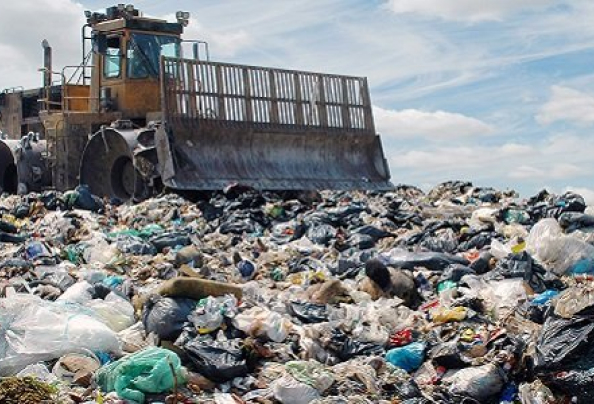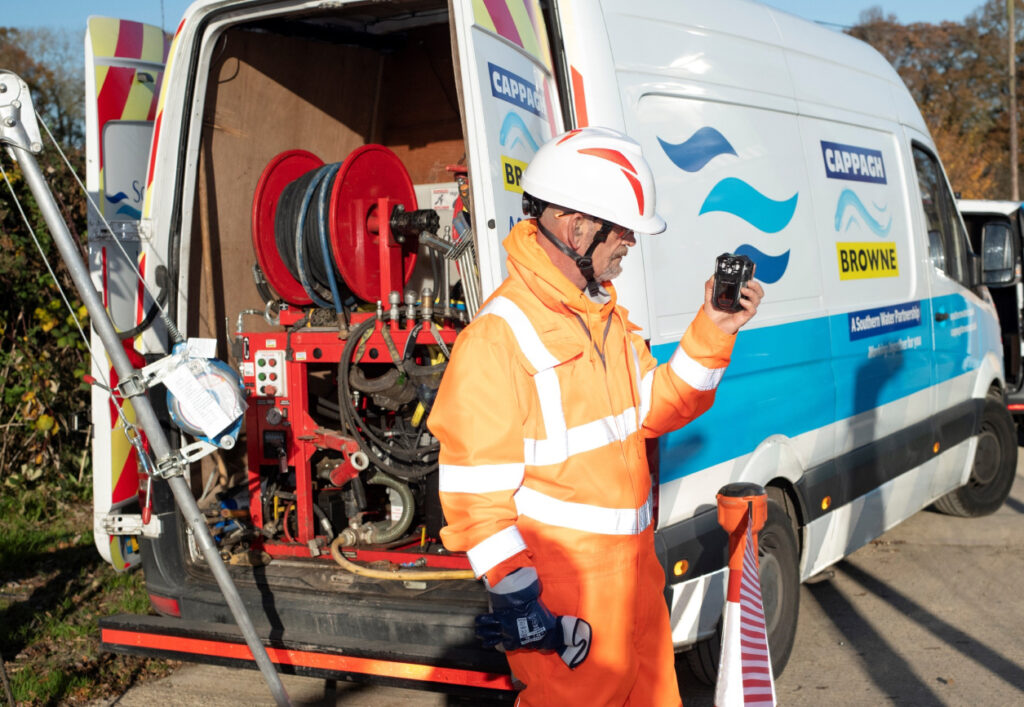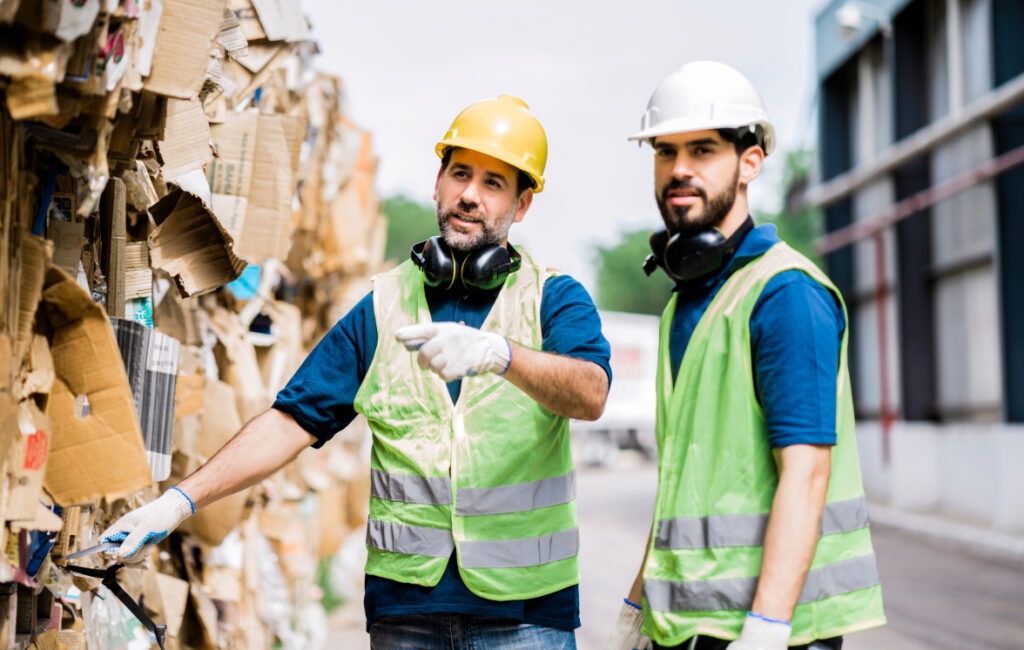Protecting the environment
At Cappagh Browne, we understand the importance of protecting our local environment and wildlife and do everything possible to look after our surroundings.
We’re constantly looking at innovative ways to minimise our waste, carbon footprint and keep our impact on the climate to a minimum.
In 2022, we engaged an in-house environmental professional to enhance and deliver on our environmental impact reduction aims.

We commit to reducing our environmental impact by…
Maximising no-dig techniques:
- We make use of innovative technology such as, CIPP lining, horizontal directional drilling (HDD), guided auger boring (GAB) and flooded systems (Tubogel)
Reducing vehicle movements:
- We have looked to reduce the number of vehicle movements it takes to do our work through developing multi-purpose vehicles
- All our vehicles are equipped with recyclers, WiFi and solar panels to allow our teams to do their jobs without the need for unnecessary travel or excessive fuel consumption
Replacing fossil-fuel powered equipment with electric-powered where possible
Reducing material landfill through our recycling schemes
Replanting trees:
- Where it is not possible to avoid felling a tree, CBUL replant two trees for every tree removed
- All vegetation removed is always reinstated
- We strive to engage local communities to protect your local environment
- We have recently worked together with Southern Water to share our expertise on a project which planted a native species hedgerow. The project successfully created a welcoming community space used as an educational tool for local schools
At every yard and depot, we strive to improve local biodiversity by installing:
- No mow zones
- Bug hotels
- Bird feeders and boxes
- Native species gardens
- Hedgehog homes

Reducing our waste
We are always looking at how we can reduce the amount of waste we produce – from our work sites to our offices.
Our partnership with Cusack’s PPE Recycling Services marks a milestone in our journey to reach our sustainability goals. PPE clothing and appliances are often made of complex materials and parts that can’t be recycled in traditional recycling facilities. As a result, used PPE often ends up in landfill which is widely recognised as the least sustainable method of disposal. By implementing this approach into our waste management strategy, we will reduce waste entering landfill, improve our carbon footprint and generate reusable energy from our unwanted PPE.
Every CBUL yard and depot has segregated waste bins on site to ensure recyclable waste doesn’t end up in landfill. Our waste management is regularly monitored through our “Gogreen Portal”, which tracks the volumes of waste going into each waste stream. This allows us to make strategic operational changes to ensure maximum waste is recycled and removed from landfill.
In addition, excavated material is returned to the ground where possible to reduce soil erosion, transport of air-borne contaminants, ecosystem disturbance and offsite disposal. Where backfill is not possible, excess waste created from excavation projects is often recycled as aggregates.
Reducing our carbon footprint
At Cappagh Browne, we believe that innovation holds the key to decarbonising our operations. We have robust targets to decarbonise and reach net zero by 2030.
Our new vans are fitted with 310-watt solar panels to further reduce our carbon footprint on the way to reaching net zero. The solar panels provide power in the vans for the various everyday electronic devices our operatives use. We are currently working on enhancing this technology, enabling future solar panels to draw energy from streetlights as well as solar rays.


We are also trialling battery-powered equipment, such as LED Remote Stand Lighting and Disc cutters, reducing our reliance on fossil fuels.
Our multi-functional recyclers enable our engineers to re-use water from jetting activity. This enables longer jetting capacity and reduces the frequency of refilling the unit. Our recyclers are also equipped with industry-leading telemetry, CCTV units and sewer chamber person-entry equipment. The multi-functionality of these units means a saving in time, cost, risk, and carbon footprint.
We make use of innovative no-dig technology such as, CIPP lining, horizontal directional drilling (HDD), guided auger boring (GAB) and flooded systems (Tubogel). These techniques help to minimise our impact on the environment, reducing the size of the excavation site, volumes of material to landfill, as well as less fossil-fuel powered plant and equipment.

